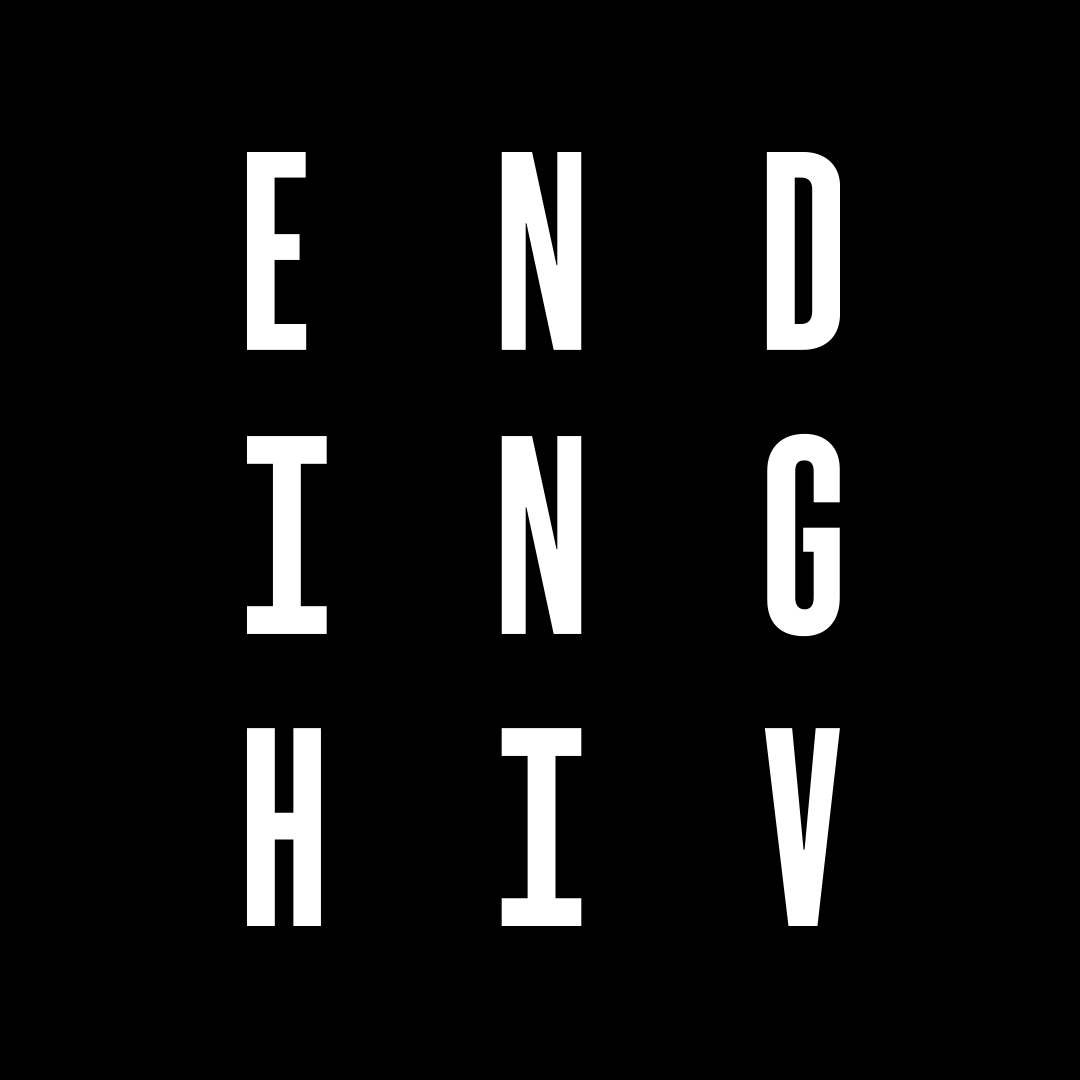Has Grindr Changed The Game?
How peer education can help us to keep safe and well as we play online.
It probably comes as no surprise to hear that the internet is our favourite beat. In 2012, the most common way men reported meeting their male sex partners was by using dating websites and mobile apps such as Grindr. The popularity of internet-based cruising locations has far surpassed clubs and saunas in the last 10 years, as more men exchange dance-floors and steam-rooms for touchscreens.
Many would agree that we are in the midst of a sexual revolution brought on by the ease, speed and availability of social networking technology. Experiences of this revolution are often explored by gay men in our free time: we blog about that amazing Manhunt date, we send screen-captures of witty or disturbing chat-room conversations, or recommend PEP when friends confide in us about a random hook-up and we think they may be exposed. The importance of this kind of peer education should not be underestimated. By sharing our personal stories we can teach other about finding pleasure while avoiding risk. We can learn about HIV stigma and discrimination, or even the importance of getting tested for STIs.
We gay guys have more knowledge and resources available to navigate the online frontier than we are often given credit for. As the gay mobile app industry expands because of our endorsement of it, we evolve to communicate in new and dynamic ways. We were brave enough to consult online media for sexual health lessons when schools would not provide these for us. We are strong enough to reach out to each other, to encourage each other to take action to end HIV. By simply looking after one another and spreading the word, we can mobilise our communities to adopt and sustain safe sex practices, to test regularly, treat early and foster tolerance for the sexual interests and tastes of others when we go online to play. This kind of sexual health promotion may be as informal as a chat to someone we meet on Hornet or Jack’d, or as structured as a workshop with guided content about online etiquette and how to keep well when hooking up.
As sexual health peer educators, it’s vital for us to understand how virtual technologies impact on the sexual decision making of younger guys who are much more likely to engage in online social media more often. Because spikes in HIV transmission in NSW have notably risen within the 20-29 year old age category over the last two years, some might be tempted to search for an easy, single cause, finding it in the risk factors associated with young gay men’s use of the internet to arrange casual sex. It may stand to reason that the potential for risky behaviour increases when more people are more sexually active more of the time. However it would be remiss to blame hookup sites for higher transmission rates, since there are a variety of contextual influences determining whether guys choose to have sex safely or not.
Of note has been the appearance and popularity of websites designed to facilitate the occurrence of bareback (no condom) anal sex. Not everyone who uses these may be aware of the level of risk they are partaking in, or may be complacent. While certain barebacking websites allow opportunities for users to establish their own terms and conditions for the type of sex they are willing to engage in, therefore allowing for the ‘management’ of risk factors, the range of strategies someone could employ to do this instead of using a condom every time should not be seen as substitutions for safe, protected sex. ‘Risk reduction strategies’ such as serosorting, strategic positioning and withdrawal tactics can reduce the risk of transmission, but they do not eliminate it. For this reason they should not be regarded as preventive solutions. The younger men who access barebacking websites with intention to use risk reduction strategies must be informed and reminded of the possible consequences for their health so that the individual decisions they make are backed up with a high degree of knowledge and understanding. For many of these young guys, there may not already be a standard mode of safe-sex practice in their sex lives. It’s important that less experienced young people form safe-sex attitudes and habits from the beginning of their sex lives and continue to apply safe-sex principles throughout the years.
We must also give due consideration to People Living With HIV who are subject to discouraging messages such as ‘clean/neg4neg only’ that have unfortunately become a cultural norm in many online spaces. If our goal is the creation and maintenance of safe, healthy and inclusive online environments, then we must challenge discrimination and exclusion by promoting ways to be more sensitive to the physical and emotional needs of everyone who uses the internet to get off.
Has Grindr changed the HIV prevention and broader sexual health game? No, but the growing use of mobile apps has intensified our need for education and safe sex responses. Getting it Online is a new free and confidential workshop for gay and bisexual guys, 18-26 years old, run by ACON’s Young Gay Men’s Project. By joining one of our groups you can discuss and learn about online health and wellbeing as you hookup. Some of the main topics covered in the workshop are:
- Our beliefs and attitudes towards internet dating.
- HIV information, including advice about your testing options.
- Online safety, including the risks of barebacking.
- Online communication strategies.
- The online experiences of people living with HIV.
- Online sexual discrimination, including racial exclusion.
- Cyber bullying.
For more information, email: youth@acon.org.au
*Data taken from NSW Gay Periodic Survey Report 2012, Centre for Social Research in Health and the Kirby Institute in collaboration with ACON and Positive Life NSW.

